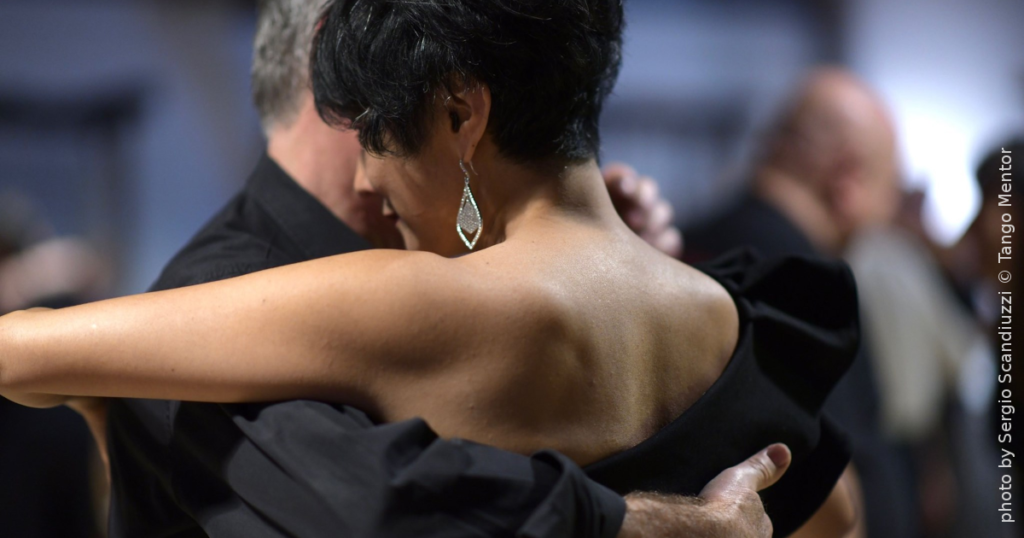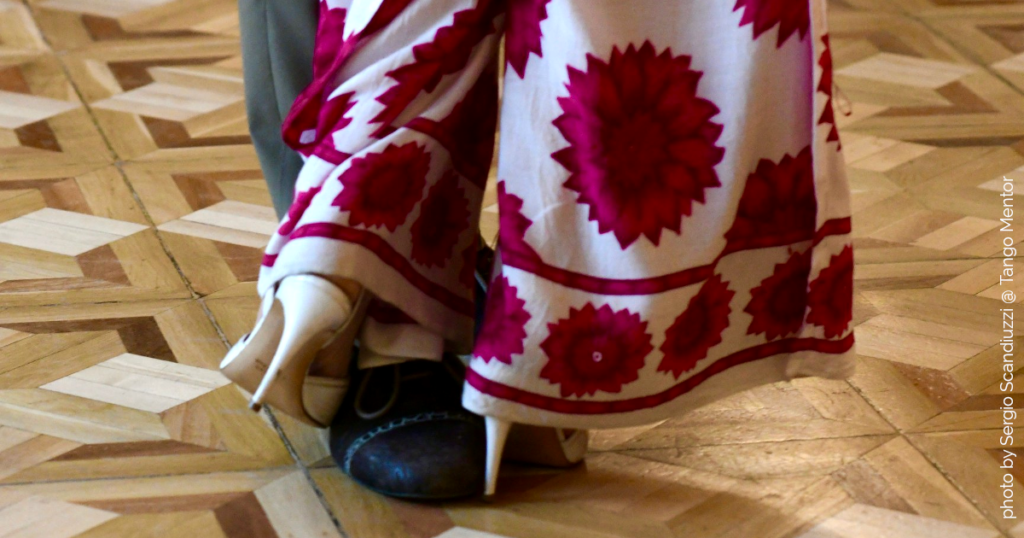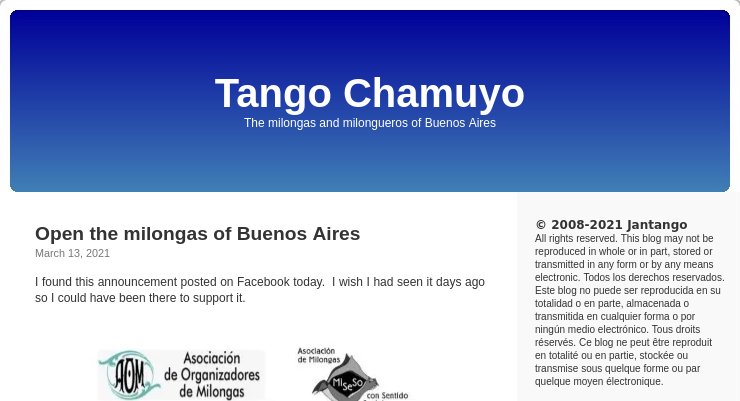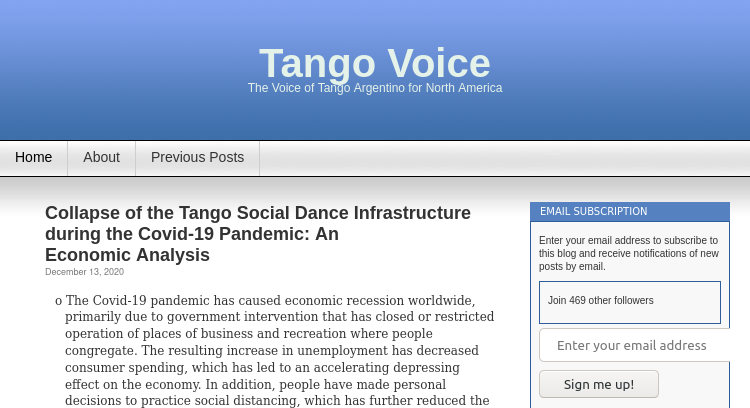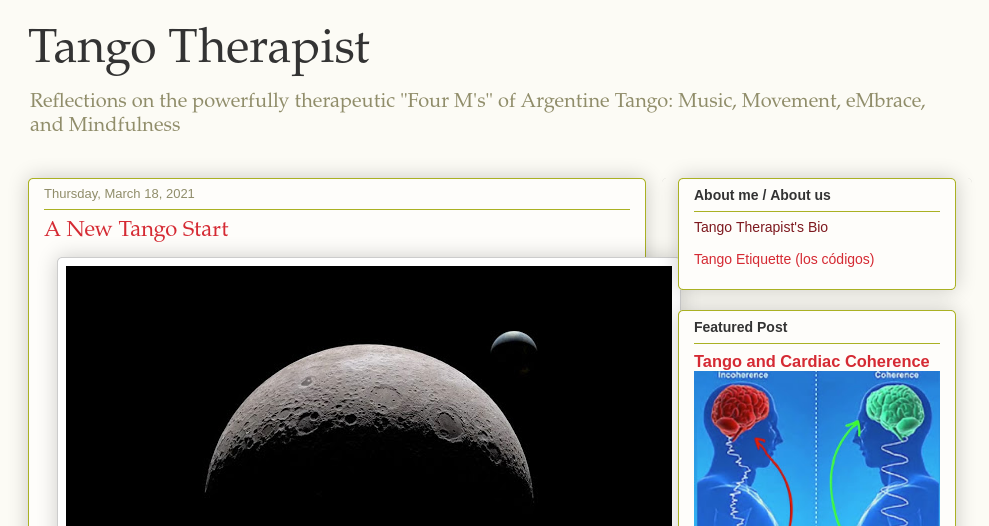
A question for you: if there were a dancing robot, would you dance with it?
If you haven’t asked yourself this question yet, it might be time to think a bit, because it will eventually come our way. This article deals with questions like, will the artificial intelligence revolution and robotics influence the world of tango? Will we see a day when we will dance with machines? Will we start to replace our teachers with robots?
As the fields of AI and robotics development are advancing rapidly, these questions are being asked by some dancers… well, at least I ask them myself, and I know a few dancers who do as well.
In this little article, I will try to share with you a few answers and predict what the possible scenarios are.
I believe in science and technology
First of all, I have to admit, I am a huge fan of science and technology, and I am so excited to see this artificial intelligence and robotics revolution unfolding in front of our eyes. I have high hopes that it will help us solve many problems and even extend our lives. I also have fears that it might turn out to be a curse that we’ll unleash upon ourselves. Either way, we live in interesting times.
How is this connected to tango? Will it bring blessings to dancing communities, or are we doomed?
Let’s start with a funny video… When I think about dancing tango with robots, it’s nothing like this:
It will be much closer to the reality we know than what you can see in the video above. We came a long way since this was recorded – but it’s at least a proof that someone is working on it.
It will come, no question about it
If anyone doubts that machines will be able to dance or teach tango, I strongly suggest they check the latest news from the fields of artificial intelligence and robotics. AI software is already disrupting many industries, such as translators, voice-over artists, teaching platforms, writers, and more. As the development of these systems is accelerating every day, it’s certain that they will impact many more industries.
So, it’s out of the question that we’ll have machines that know how to dance. We already achieved huge advance in the software. I think it’s even possible with the current level of technology: we already have simulated virtual characters that can dance.
Take a look at this video as an example, and keep in mind that it’s already two years old – the development at this point is much more advanced than this:
Another question is when we’ll be able to create a body that can execute that skill. We have had machines that can dance for a while, and they’re sophisticated enough to even do complex moves.
Dancing requires very subtle movements, and tango includes even more complexity on top of that. The machine has to be able to read the feedback and lead from the partner and react accordingly.
I believe that this is a harder problem than the software, but we’ll eventually get there. It’s just a matter of time.
The Uncanny Valley
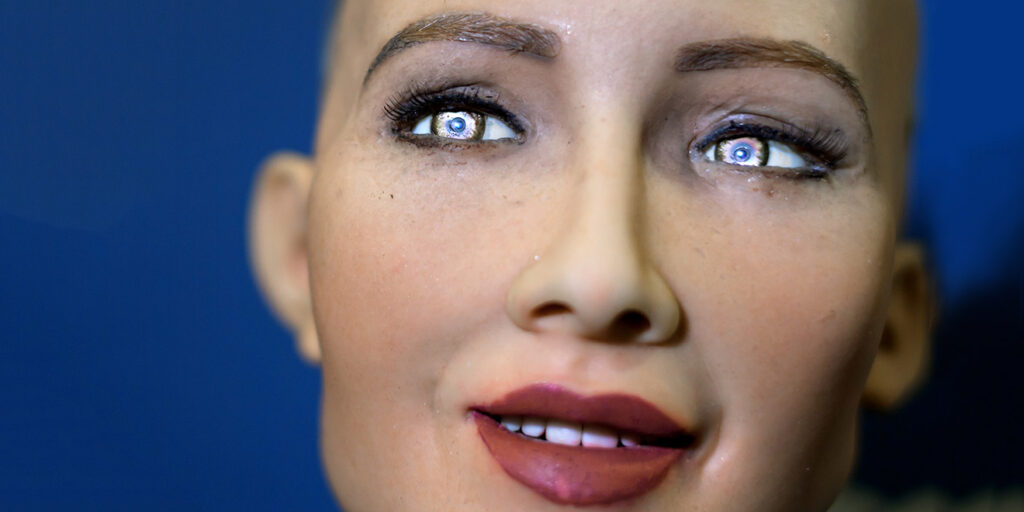
Another problem is the question of how humans will perceive a non-human dancer. There’s a problem in robotics known as “the Uncanny Valley.”
“The concept suggests that humanoid objects that imperfectly resemble actual human beings provoke uncanny or strangely familiar feelings of uneasiness and revulsion in observers. ‘Valley’ denotes a dip in the human observer’s affinity for the replica—a relation that otherwise increases with the replica’s human likeness.”
Wikipedia
In tango, it’s not just about how the non-human dancer looks, but even more so, how it feels to dance with one. Will it be too perfect? Will it be “robotic”?
If we succeed in overcoming this problem, and I believe we eventually will, we may see robots on the dance floor.
Hey, sorry to interrupt…
Do you like reading my articles? If you do please consider a small contribution to the existence of this blog.
I don’t sell a book or run ads: I share these articles for free. Unfortunately I also have to pay my bills, so if you see value in my work please consider a small donation/gratuity (the same way you tip your favorite bartender).
From my heart to yours!
Ivica
Securely processed via PayPal
The final obstacle
Let’s imagine a future where all the problems mentioned above (and even others that I haven’t even touched on here) are solved. Let’s think about a perfect robot dancer: looking and dancing just like a human. Will you still want to dance with it?
I have two answers to this question:
Scenario 1: Yes, if you see tango as just a dance – you will certainly find it enjoyable. We can train the robot to dance with perfect technique and with the musicality of any dancer you want.
Scenario 2: No, if you’re in tango for the connection. The machine might give you an illusion of connection, but you’ll still be aware that you’re not connecting with a human being.
If you’re following my work, you might have already guessed that I think that dancing with a robot will not be as satisfying as dancing with a human being. I would rather dance with a real woman who is a bad dancer than with an artificially and technically perfect robot.
In fact, we already have chatbots created for simulating human relationships, but is it the same? I don’t think so!
On the other hand, who knows what the future brings… We’ll most probably be so augmented by technology that our very definition of the word “human” will have a completely different meaning.

